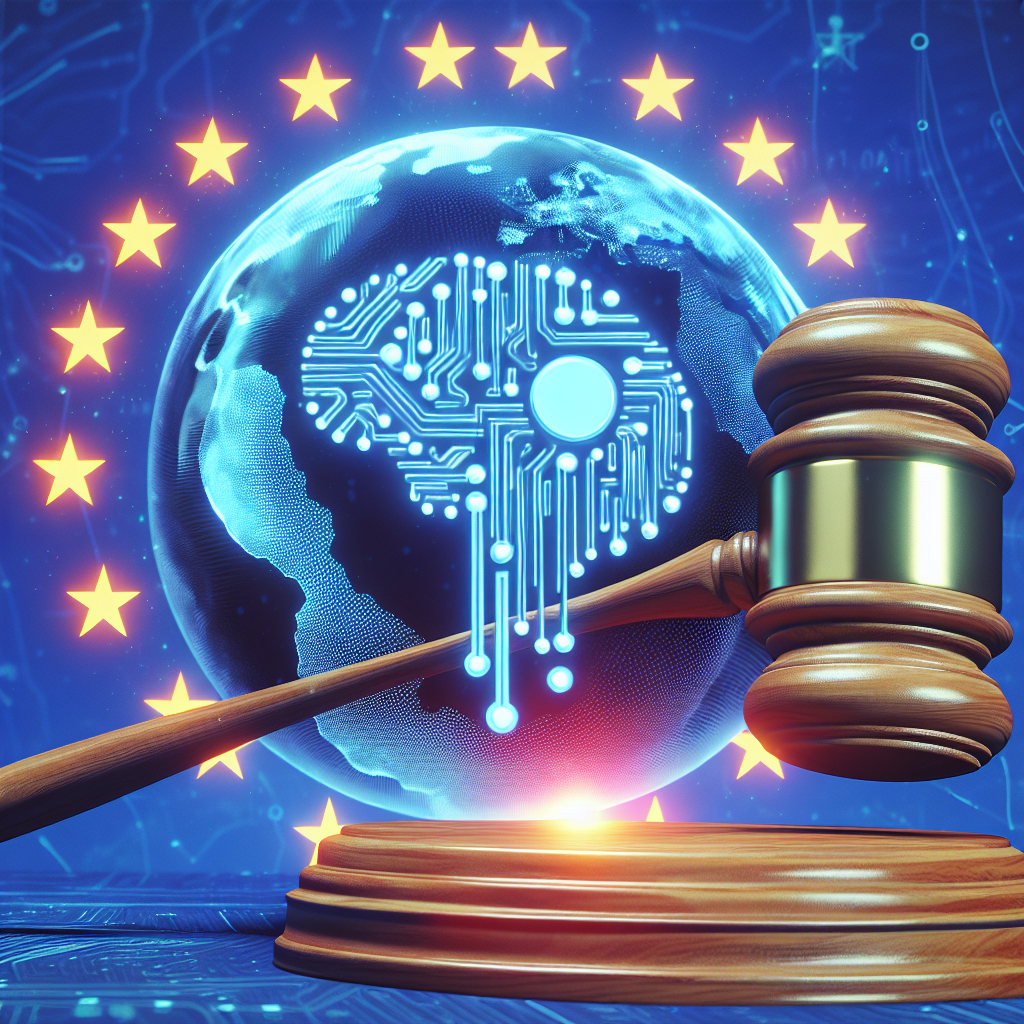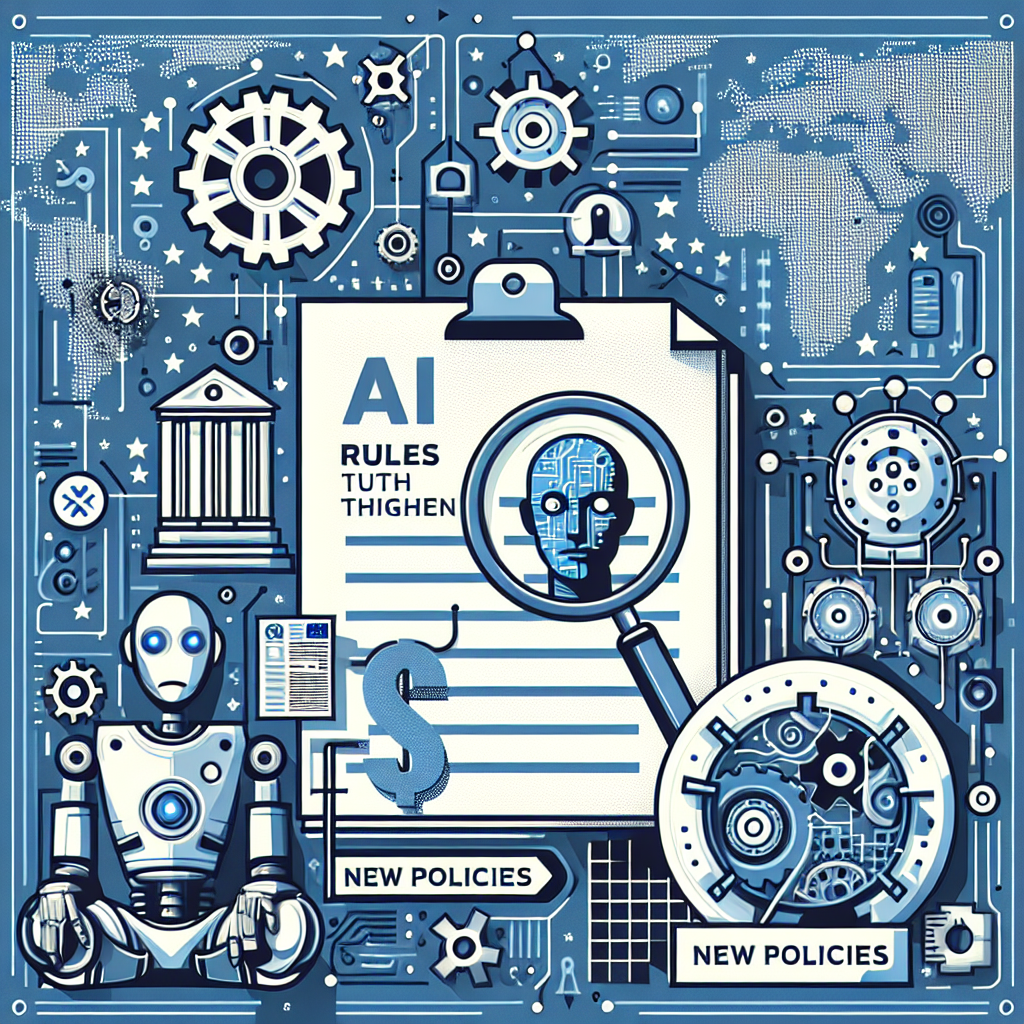EU AI Act Sets Pace as Global Rules Take Shape

Europe moves first as governments race to regulate AI
The European Unions landmark Artificial Intelligence Act entered the rulebook in 2024, setting a global benchmark for how governments plan to govern powerful algorithms. The law takes a risk-based approach, imposing stricter duties on systems that can affect safety, rights, and critical services. Early provisions begin to bite within months of formal adoption, with most requirements phasing in over the next two years. Companies in Europe and beyond are preparing for audits, disclosures, and tougher oversight as enforcement ramps up.
Officials framed the measure as a global first. As European Commissioner Thierry Breton put it, Europe is now the first continent to set clear rules for the use of AI. The acts reach is broad: it covers providers and deployers that place AI systems on the EU market or use them in the bloc, even if they are headquartered elsewhere. That extraterritorial design is already nudging international practices, much as the EUs data privacy law did in 2018.
What the EU AI Act does
The law divides AI applications into categories by risk. Obligations increase with potential harm. Key features include:
- Prohibitions: Certain uses are banned outright, such as social scoring by public authorities and AI that manipulates behavior in harmful ways.
- Tight rules for high-risk systems: AI used in areas like critical infrastructure, employment, credit, education, and essential services must meet strict standards for risk management, data governance, human oversight, and transparency.
- General-purpose AI duties: Providers of large, general-purpose models must disclose technical information, provide documentation to downstream developers, and, for the most capable models, conduct safety evaluations and report serious incidents.
- Labels and notice: Systems that generate or manipulate content must meet transparency obligations, including clear labeling of deepfakes and disclosures when users interact with AI.
- Enforcement and fines: National authorities and a new EU-level office will supervise compliance. Serious violations can draw steep penalties, including fines calculated as a share of global turnover.
While the act allows some real-time biometric identifications in public spaces under narrow conditions, it adds tight restrictions and oversight. Advocates say the guardrails can curb error-prone surveillance and discriminatory outcomes. Industry groups warn that ambiguous definitions and overlapping duties could raise costs for startups and public agencies.
Timeline and what changes next
The laws requirements do not arrive all at once. Bans on prohibited practices apply within months of entry into force. Many high-risk obligations arrive after a transition period, typically up to two years. Providers of general-purpose models have staged deadlines for documentation and safety assessments. That phasing is designed to give companies time to build governance teams, document datasets, and strengthen testing.
- Near term: Organizations map where they use AI, flagging potentially high-risk applications and vendors.
- Mid term: Providers add technical documentation, bias testing, and incident reporting. Deployers implement human oversight and record-keeping.
- Longer term: Independent evaluations and standardized benchmarks become more common, especially for advanced, general-purpose models.
For many firms, the practical work begins with inventory and risk assessment. Legal counsels are building registers of AI systems, while product teams evaluate model provenance and data sources. Auditors are drafting templates for conformity assessments. Insurers are updating policies to account for operational and legal risks tied to automated decisions.
Industry and global response
Companies are adjusting roadmaps while urging regulators to harmonize rules. Cloud providers are introducing governance toolkits, model cards, and content provenance features. Chipmakers continue to ship specialized processors for AI training and inference as demand strains supply chains. Startups say clarity is welcome, but they fear a patchwork of global requirements could fracture markets.
Tech leaders emphasize the promise of the technology. Googles Sundar Pichai has called AI more profound than electricity or fire, arguing that responsible deployment can boost productivity, accelerate science, and expand access to services. Safety researchers counter that breakthrough systems must be tested rigorously before wide release. A 2023 statement from the Center for AI Safety warned, Mitigating the risk of extinction from AI should be a global priority alongside other societal-scale risks such as pandemics and nuclear war.
In the United States, the federal government has leaned on guidance and procurement to shape behavior. The National Institute of Standards and Technology released an AI Risk Management Framework in 2023 and has since expanded work on red-teaming, evaluations, and measurement science. A White House executive order directed agencies to develop standards, increase transparency for powerful models, and protect privacy and civil rights. Several states have proposed or adopted laws targeting specific risks, from automated hiring to synthetic media disclosures.
The United Kingdom convened the 2023 AI Safety Summit, aiming to coordinate research and testing for frontier models. Japan, Canada, and members of the G7 have supported a Hiroshima Process to align on principles for advanced systems. China has enacted rules on recommendation algorithms, deep synthesis, and generative AI that require security reviews and content labeling. Many countries are crafting policies for public-sector use, with an emphasis on transparency and accountability.
What it means for the public
- Clearer labels: People should see more notices when content is AI-generated, including images, audio, and video.
- Human in the loop: In areas like hiring and credit, users can expect clearer explanations and easier ways to contest automated decisions.
- Privacy and bias checks: Organizations will be pressed to document datasets and monitor for discriminatory outcomes.
- More reliable tools: Independent testing, benchmarks, and incident reporting should help surface failures before they spread.
Consumer groups caution that enforcement will determine whether rights are protected in practice. Small agencies and local authorities may need resources to comply. Civil society organizations want stronger redress mechanisms when AI systems cause harm.
Background and context
Debate over AIs risks and benefits has intensified as large models improve at generating text, code, and media. Some researchers warn that systems trained on vast data can reproduce biases or hallucinate false claims. Others fear that highly capable models could be misused to design pathogens or carry out sophisticated scams. In 2014, physicist Stephen Hawking told the BBC, The development of full artificial intelligence could spell the end of the human race. Those concerns coexist with optimism about breakthroughs in drug discovery, climate modeling, and accessibility.
Regulators are aiming for a middle path: encourage innovation while reducing harm. That means documentation, testing, and traceability across the AI lifecycle. It also means transparency for people affected by automated decisions. Businesses are asking for clear, workable rules and internationally aligned standards to reduce compliance costs.
Analysis: guardrails without gridlock
The EU AI Act marks a turning point for global governance. Like the blocs privacy law, it is likely to influence companies that operate worldwide. Its success will depend on practical guidance, cooperation among regulators, and credible enforcement. If governance tools become standardized, they could lower the cost of compliance and improve safety at the same time.
The risk is regulatory fragmentation. Divergent definitions, inconsistent reporting obligations, and conflicting evaluation regimes would make it harder for startups to scale and for researchers to compare results. International coordinationthrough standards bodies and shared testing approachescould mitigate that risk.
For now, the direction is clear: powerful AI will face more scrutiny. As one official said when the EU measure passed, rules are meant to channel a transformative technology toward public benefit. Striking that balance will be the test of the next two years.



























































































































































































































































































